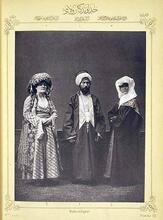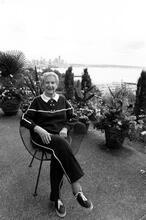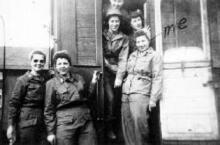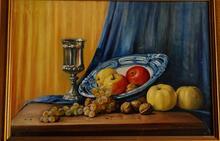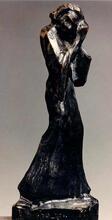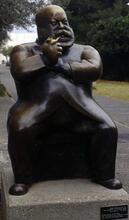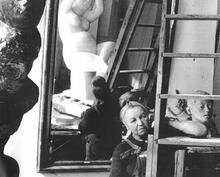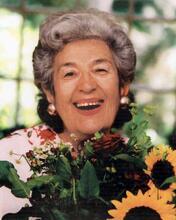Virginia Morris Pollak
Virginia Morris Pollak’s artistic career and her longtime community service met when she used her deep understanding of clay, plaster, and metal to revolutionize reconstructive surgery for wounded servicemen. Pollak studied sculpture at the Art Students League in New York and at Yale. During WWII, she volunteered with the Red Cross at a hospital in Staten Island, where she founded a medical laboratory. At the laboratory, her work in reconstructive surgery molds allowed the wounded to heal from devastating injuries in mere weeks. She earned a presidential citation and an appointment to JFK’s Commission for the Employment of the Handicapped. In 1960, Pollak chaired the Norfolk Fine Arts Commission, beautifying her hometown with an outdoor sculpture museum at the Botanic Garden.
During World War II, sculptor Virginia Morris Pollak discovered that her training in casting methods and her family’s tradition of community service dovetailed perfectly. Working with plastic surgeons at Halloran Hospital on Staten Island, Pollak not only developed a superior modeling material for reconstructive surgery but also modeled plates for skull replacements from the notoriously difficult metal tantalum. One of these, at ninety-five square inches the largest metal cranial replacement ever made, allowed a seriously wounded serviceman to recover within weeks, winning the sculptor a deserved place in medical history and a presidential citation.
Early Life & Education
Born in Norfolk, Virginia, on October 16, 1898, to Arther and Sadie (Spagat) Morris, Virginia Leigh Morris Pollak belonged to a family committed to the city’s aesthetic improvement. Her father, one of three founding members of Norfolk’s Beautifying Commission, attempted to establish a city park system, a pursuit to which his daughter would contribute almost thirty years after his death in 1929. But long before she became active in such natural aesthetic matters, she devoted her talents to sculpture, studying at Harriet Whitney Frishmuth’s and Gutzon Borglum’s studios, as well as at the fledgling Art Students League in New York and at Yale. Her own professional ambitions were sidelined, however, by her father’s death, and Virginia returned to Norfolk to assume the director’s post at his women’s clothing firm, the House of Arther Morris. She left there in January 1939 to marry Leo L. Pollak, an engineer whose New Jersey company would soon be manufacturing precision aviation and marine instruments for the war effort.
Medical & Artistic Sculpting Career
With her husband absorbed in war work and her young son at school, Pollak volunteered with the Red Cross, teaching arts and crafts to wounded servicemen at Halloran. But surgeons soon encouraged her to establish the hospital’s Medical Moulage Laboratory, where she improved the clay negocolle with the addition of an alginate that sped setting by thirty-two minutes, enabling patients to escape the uncomfortable body molds in fewer than four minutes.
Pollak’s companion in this research, the Viennese artist Alfred Wokenberg, later joined her in forming Alva Studios, which created high-quality sculptural replicas from originals in major museums. After the war, while visiting flower shows with her husband, a passionate gardener and president of the Dahlia Society of America, Pollak’s attention turned to the possibility of such reproductions for public consumption. Though these pieces were initially created for gardens and smaller museums, in the postwar years of the Marshall Plan portrait busts of the nation’s first leaders were commissioned by the government for international embassies.
Legacy
Although Pollak was appointed by President Kennedy to his Commission for the Employment of the Handicapped and to the advisory councils of the planned Kennedy Center and the Smithsonian Institution, she found time in the 1960s to complete her father’s dreams for Norfolk’s beautification. Chairing the Fine Arts Commission, she created an outdoor sculpture museum at the Botanical Garden, which wraps around the region’s largest airport, near Chesapeake Bay. Weathered figures, scattered throughout the lush plantings and culminating in the Avenue of American Naval Heroes, the site for the city’s NATO-sponsored Azalea Festival, are a legacy left by an artist-philanthropist who lived in New York until her death on January 1, 1967, but whose heart never really left the city of her birth.
Norfolk Ledger-Dispatch, July 5, 1947.
“Virginia M. Pollak, An Adviser on Art And a Sculptor, Dies.” NYTimes, February 1, 1967, 40:1.
Virginian-Pilot and Ledger-Star, November 12–13, 1950, December 1–2, 1957, August 30, 1963, February 1, 1967.
WWWIA 4 (1961–1968).


